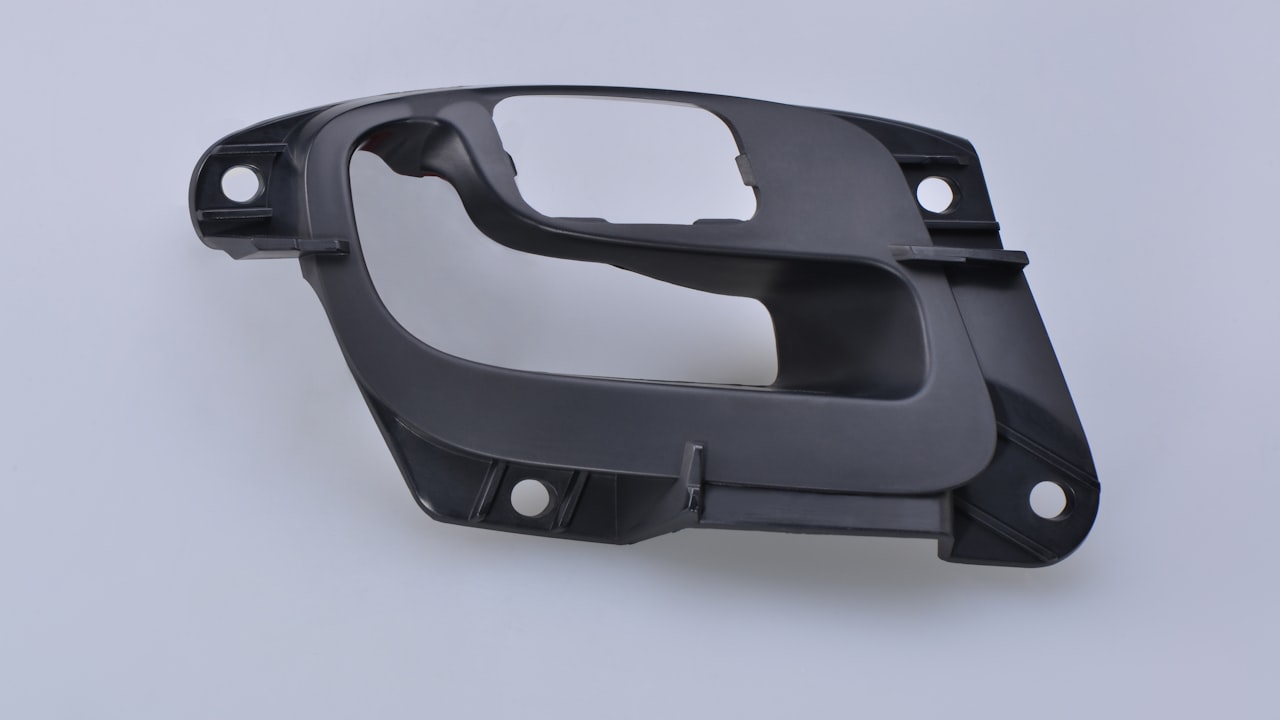From the food industry to automotive manufacturing, injection molding is a process that has been around for decades and is used in many different industries. But what exactly is injection molding? And what are the benefits of using this process? Read on to discover all the secrets of injection molding and what makes it invaluable tool for businesses even after hefty injection molding machine price.
What Is Injection Molding?
Injection molding is when molten plastic resin or other material is injected into a steel or aluminum mold at high pressure. The finished product is then cooled and ejected from the cavity of the mold. This method allows manufacturers to produce products quickly and accurately, with minimal labor involved in production. For example, many plastic items like toys, kitchen utensils, and medical devices are manufactured via injection molding.
Benefits Of Injection Molding
One of the main advantages of using injection molding for production purposes is its cost-effectiveness. As mentioned above, this process requires minimal labor to produce items quickly and efficiently, resulting in a lower cost per part compared to other manufacturing processes such as machining or casting. Additionally, since injection molds can be reused multiple times before needing replacement or repair, you can save money in the long run by not having to purchase new molds every time you need new parts produced. Furthermore, because injection molds are made from metal alloys that are highly resistant to corrosion and wear & tear, they tend to last much longer than other types of molds, making them an economical choice for long-term projects.
Another benefit of using injection molding is its flexibility. With this method, you can create intricate shapes with varying levels of detail without sacrificing quality or accuracy. This allows you to customize your parts according to specific requirements without going over budget or sacrificing performance standards. In addition, injection molded parts are also known for their durability and strength, so you won’t have to worry about them deteriorating over time due to regular wear & tear or changes in temperature conditions. Finally, when it comes time for assembly or installation of your product down the line, there’s no need for additional finishing since most parts come out smooth right off the machine, so you can get your product out on time and within budget.
Disadvantages Of Injection Molding
Although injection molding is an efficient and cost-effective process, there are also some drawbacks you should be aware of. For one, this method requires a large upfront cost since the molds are expensive to construct.
Additionally, injection molding may not be an ideal solution if you’re producing small parts since this process usually works best for larger items. You also need to keep in mind that injection molding takes a certain amount of time to set up and run, so production may take a while if you’re producing large quantities.
Finally, since injection molded items are made from plastic, they may not be as strong or durable as items made from metal or other materials.
Conclusion
Injection molding is a great way to produce large quantities of parts quickly and cost-effectively. However, it’s important to understand the benefits and drawbacks that come with this process before committing to it.
